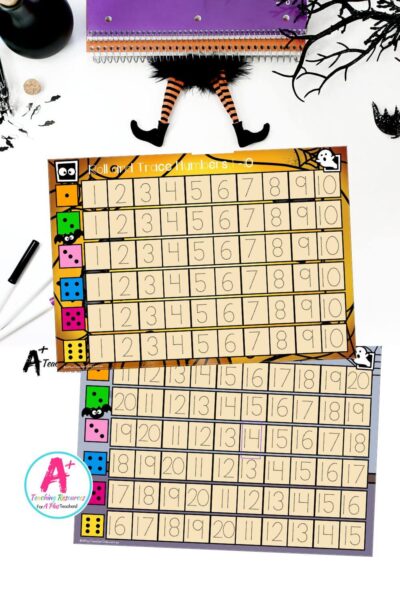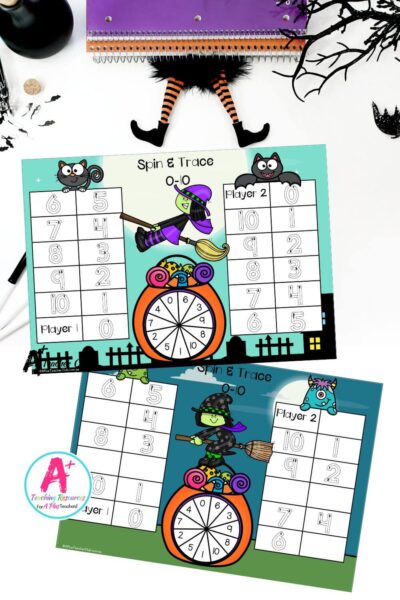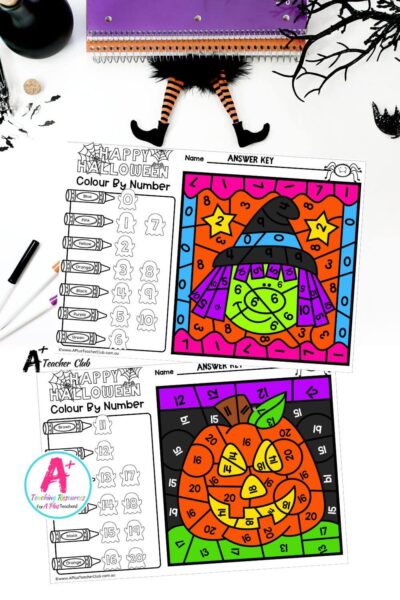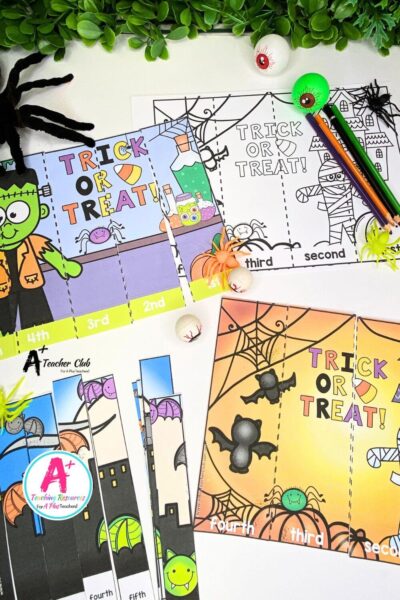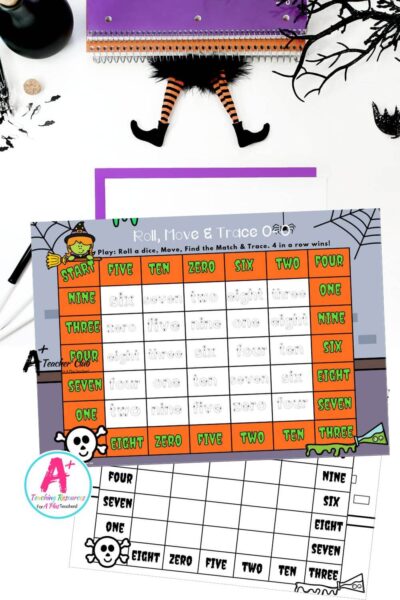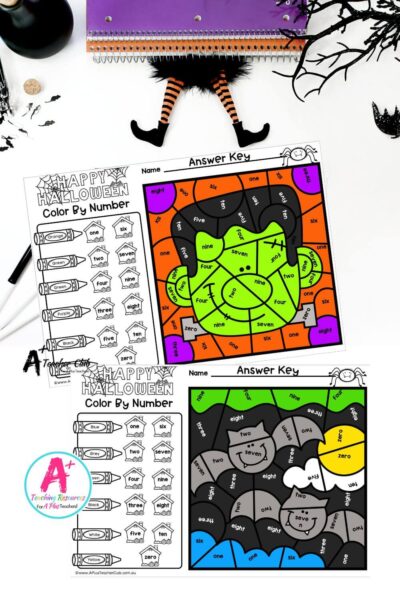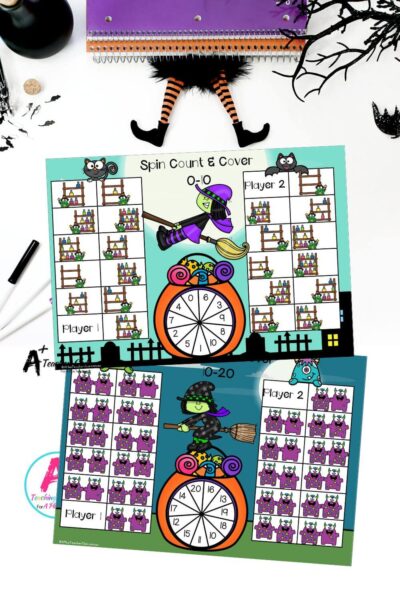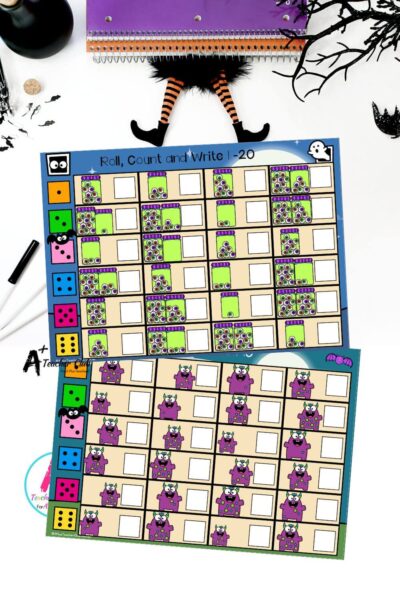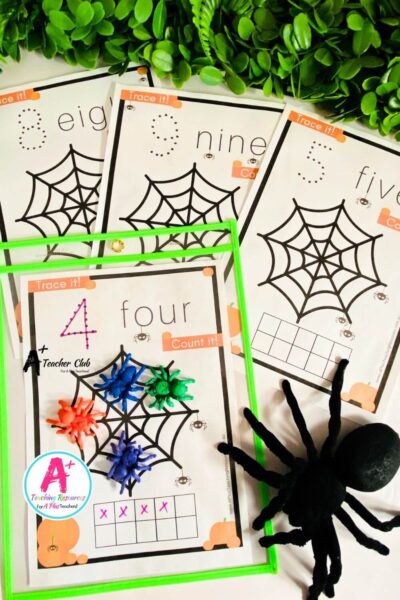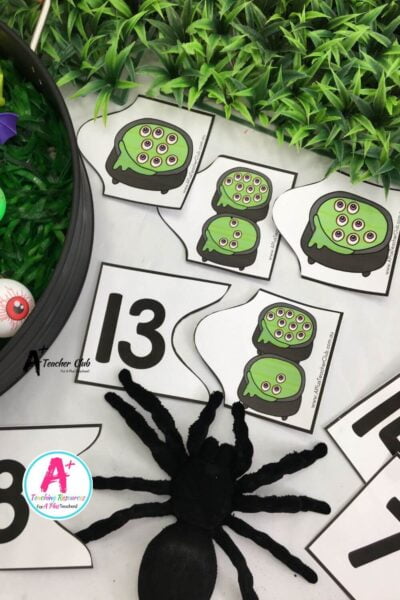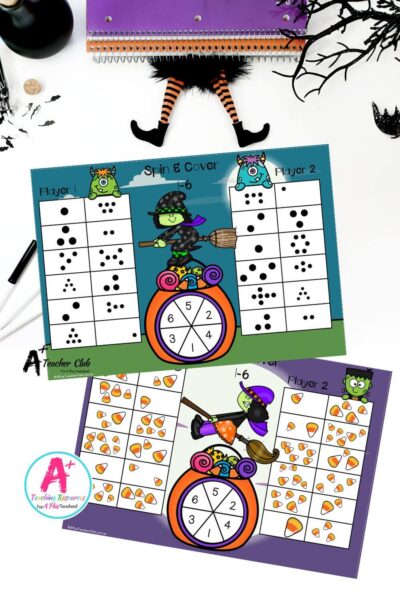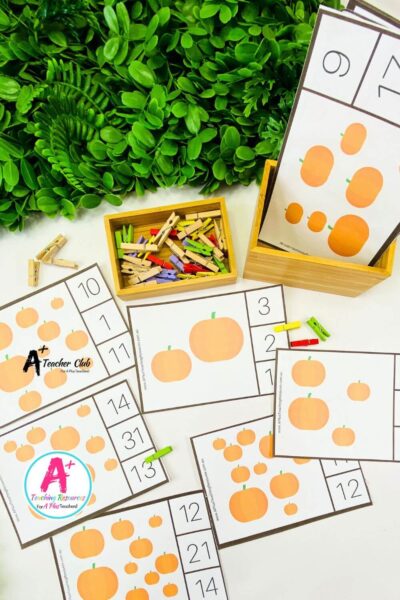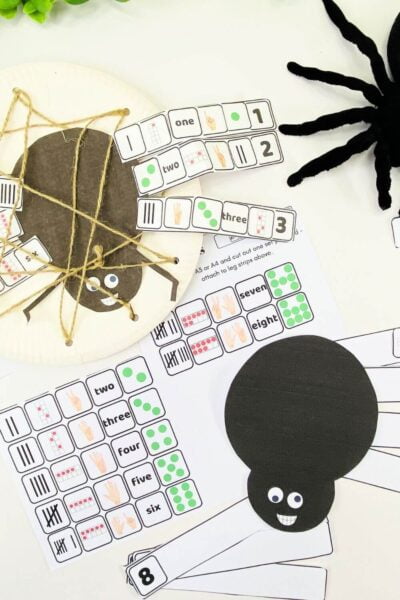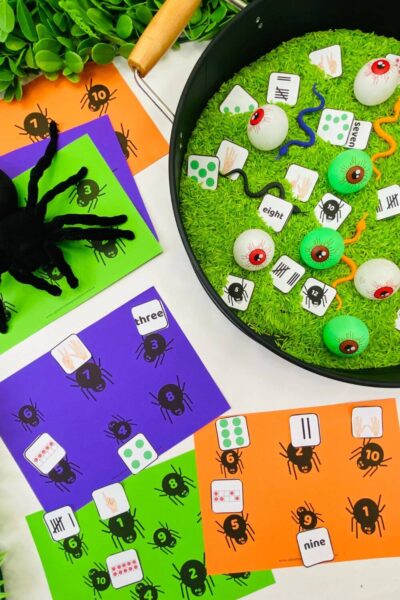Halloween Maths Numbers 0-20
Halloween Resources
Halloween Maths Numbers 0-20: Building Number Sense in Kindergarten
Halloween is a great time to introduce fun, themed activities that help Kindergarten students develop their number sense, especially when working with numbers 0-20. Developing strong number sense is essential, as it lays the foundation for future mathematical understanding. However, while these math concepts are critical, young learners often encounter challenges as they try to grasp them.
In this post, we’ll explore the key components of number sense—such as connecting number names to numerals, subitising, counting strategies, comparing collections, and partitioning numbers—and highlight common difficulties students may face.
We’ll also offer strategies to help overcome these challenges, ensuring that your students have a strong understanding of Halloween maths numbers 0-20!
Key Concepts in Halloween Maths Numbers 0-20
When teaching Halloween maths numbers 0-20 to Kindergarten students, it’s important to focus on building a solid foundation in number sense. These key concepts help young learners connect number names to numerals, develop counting strategies, and understand how numbers relate to one another. In this section, we’ll explore the essential mathematical ideas that will guide students as they work with numbers 0-20 through fun and engaging Halloween-themed activities.
1. Connecting Number Names, Numerals, and Sequences
Concept:
Kindergarten students need to match spoken number names (like “ten”) to written numerals (like 10) and understand their place in the sequence of numbers from 0 to 20. This builds the foundation for accurate counting and ordering of numbers.
Common Challenges:
Some students may struggle to consistently pair number names with their correct numeral, or they might have difficulty remembering the order of numbers, especially when counting beyond ten.
Overcoming the Challenge:
Using visual aids like number lines, Halloween-themed number cards, and sequencing activities can help students make connections between number names and their place in a sequence. These tools support fluency as students learn to identify numbers quickly and confidently.
2. Subitising and Counting Strategies
Concept:
Subitising is the ability to instantly recognize the number of objects in a small group without counting them one by one, while counting strategies help students accurately quantify larger collections of objects.
Common Challenges:
Students often struggle with subitising when objects are arranged in irregular patterns, and they might skip or recount items when using counting strategies. This can lead to inaccurate totals.
Overcoming the Challenge:
Start with regular arrangements like ten frames or dice patterns to develop subitising skills. For counting, encourage one-to-one correspondence (touching or moving objects as they count), and consider grouping items into smaller sets to improve accuracy and prevent recounting.
3. Comparing Collections
Concept:
In this step, students learn to compare different collections of objects, identifying which group has “more than,” “less than,” or is “equal to” another group.
Common Challenges:
Some students may rely on guessing when comparing collections, especially if the groups are close in size, leading to inaccuracies in identifying which collection is larger or smaller.
Overcoming the Challenge:
Encourage students to count each group before comparing to reinforce the idea of number relationships. Using Halloween-themed manipulatives and visual aids makes this process more engaging and allows students to clearly see differences between groups.
4. Partitioning and Combining Numbers
Concept:
Students explore how to break numbers up into smaller parts (partitioning) and how to combine smaller groups of numbers to form larger numbers. This process helps them develop flexibility with numbers and introduces them to the basics of addition and subtraction.
Common Challenges:
Young learners may find it difficult to see multiple ways to partition or combine numbers. For example, they may only recognize one way to make 5 (e.g., 2 + 3), without understanding that other combinations (like 4 + 1) are also possible.
Overcoming the Challenge:
Provide plenty of hands-on opportunities to explore partitioning and combining numbers using manipulatives. Allow students to experiment with different ways to break down and combine numbers, reinforcing that there is more than one solution.
5. Representing Practical Situations
Concept:
Students begin applying their number sense to real-world problems, such as adding to or taking away from a group of items or sharing items equally. They learn to represent these situations using numbers.
Common Challenges:
Some students may have difficulty understanding how to represent practical situations with numbers. For example, they might not immediately realize that giving away 2 Halloween treats from a group of 7 is a subtraction problem.
Overcoming the Challenge:
Use real-world, Halloween-themed scenarios to help students visualize and act out these math problems. Physical objects, such as Halloween toys or treats, allow students to practice adding, subtracting, or sharing items equally, making abstract concepts more concrete.
Building number sense through Halloween maths numbers 0-20 can be an exciting and engaging way to help students grasp foundational math skills.
By focusing on connecting number names to numerals, subitising and counting, comparing collections, partitioning numbers, and representing practical situations, you provide children with a well-rounded understanding of how numbers work.
Recognising the challenges that may arise and implementing strategies to support each concept ensures that every student can build confidence in their math abilities while having fun with the Halloween theme!
Ready to bring some Halloween fun into your maths lessons? Download our Halloween Maths Numbers 0-20 resources and make learning making connections between number names, numerals and position in the sequence of numbers from zero to 20 engaging for your Kindergarten students.
With these printables and activities, you’ll have everything you need to build strong number sense in a fun and spooky way!
Resources listed in this collection
Click to jump to...-
Halloween Number Sense Dice Race 0-20 - Digits
-
Halloween Number Sense 4-in-a-row 0-20 - Digits
-
Halloween Number Sense Spinner Games 0-20 - Digits
-
Halloween Number Sense Colour By Code 0-20 – Digits
-
Halloween Pumpkins Number Tracing 0-20
-
Halloween Ordinal Numbers Strip Puzzles
-
Halloween Number Sense Dice Race 0-20 - Words
-
Halloween Number Sense Spinner Games 0-20 - Words
-
Halloween Number Sense 4-in-a-row 0-20 – Words
-
Halloween Number Sense Colour By Code 0-20 – Words
-
Halloween Number Sense Spinner Games 0-20 – Counting
-
Halloween Number Sense Dice Race 0-20 – Counting
-
Halloween Spider Web Playdough Mats 0-20
-
Halloween Witches Stew Number 0-20 Puzzles
-
Halloween Number Sense Spinner Games - Subitising 1-12
-
Halloween Number Sense Bingo 0-12 – Subitising
-
Halloween Pumpkins Subitising Clip Cards
-
Halloween Subitising Spider Craft
-
Halloween Number Recognition Spider Bingo
Halloween Maths Number Sense - Digits 0-20
Halloween Maths Number Sense - Number Names 0-20
Halloween Maths Number Sense - Counting 0-20
Halloween Maths Number Sense - Subitising
More Halloween Activities

Halloween - October

Halloween - Numbers 0-120

Mental Maths Addition Strategy Make a 10 (2 digit + 2 digit)

Mental Maths Addition Strategies - Friendly & Fix (2digit+9)
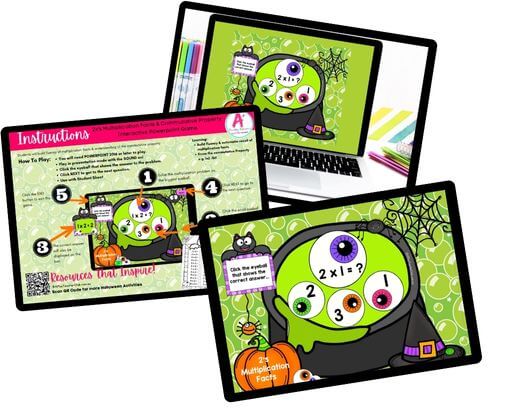
Multiplication Facts PowerPoint - Halloween
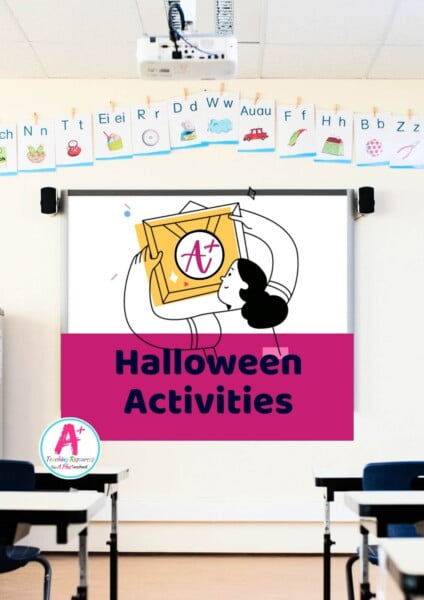
Halloween Collection
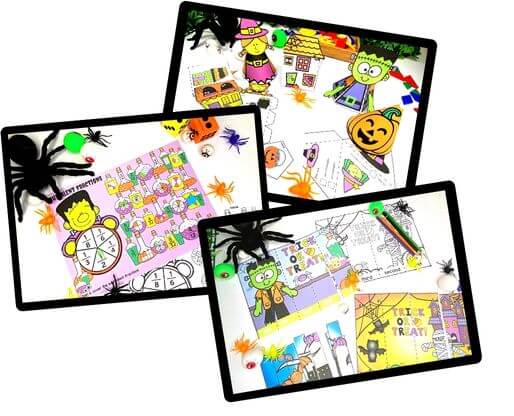
Halloween - Maths Activities
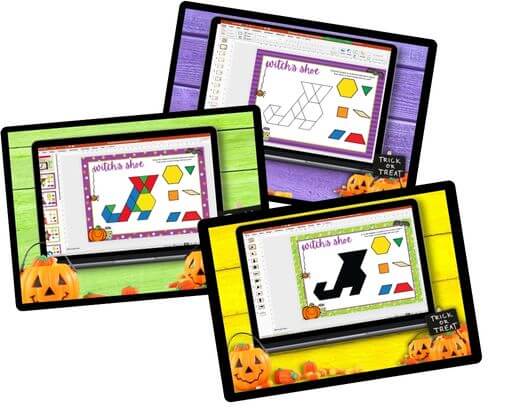
Pattern Blocks - Halloween
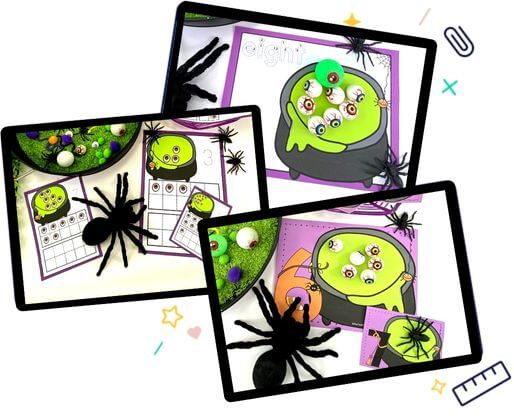
Number Mats 0-30 - Halloween Eyeballs
Can't find what you're looking for?
Send us a request! Use this form to request a resource. Please give details of the learning area, topic, year level, curriculum links. We’ll be happy to take a look to see if we can fit it in. Unfortunately a request does not guarantee we will be able to make it!
"*" indicates required fields

